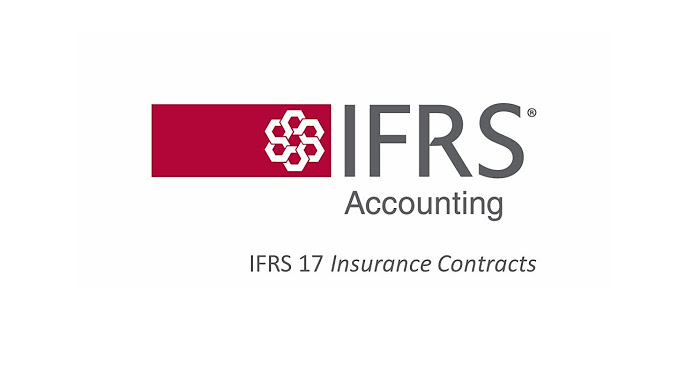23
September
2023
23
September
2023

The new insurance accounting standard (IFRS 17) will transform not just financial statements, but also other aspects of the business including systems.
IFRS 17, mandatory for the period beginning on or after 1 January 2023, represents an opportunity for insurance companies to relook and improve on their systems, processes and data capabilities towards full-scale modernisation.
It is also an opportunity for management to identify opportunities to transform their finance, risk and actuarial processes.
For many insurance companies in East Africa, the new accounting standard is seen as a ‘big deal’ requiring integrated cross-functional approaches towards implementation. They are not wrong; the standard was designed to be principles-based which leads to some challenges in its interpretation and its application in practical terms.
The new standard will require insurers to take a different approach to measuring and reporting insurance and reinsurance assets and liabilities using more granular data, assumptions and models with current supportable inputs.
Designed to achieve the goal of consistent, principles-based accounting for insurance contracts, the new standard requires insurance liabilities to be measured at a current fulfilment value and provides a uniform measurement and presentation approach for all insurance contracts.

New actuarial modelling for IFRS 17 will be required to determine the best and most appropriate estimate cash flows, risk adjustment approach and contractual service margin. Under IFRS 17, an insurer will be required to re-measure its estimates each reporting period using the current assumptions, which will necessitate significant effort and new processes and controls in actuary, risk and accounting.
The standard will also change the way that the insurance industry will report its numbers. At a fundamental level, the way that profits are calculated and monitored over time will change.
The contractual service margin (CSM) represents the future profit embedded in insurance contracts and is almost certainly going to be one of the key performance indicators for insurance companies, among other indicators. It also represents a significant change in how insurers need to think about managing their profit through time. Fully understanding the new measurement of profit, and what drives it, is important.
The new standard will impact many departments and functions across organisations including product design, pricing, actuary and finance. Understanding how to comply and choosing the design of systems and processes will be challenging during the implementation phase of the standard. Significant practical challenges around data, systems and processes are to be expected.
This new standard connects two worlds within insurance organisations that until now have had limited interactions: the actuarial and accounting departments. IFRS 17 will force accountants and actuaries to work and align processes more closely to ensure users of financial statements get the information that they need.
Without question, data is the most important and challenging aspect of IFRS 17 implementation. IFRS 17 has been judged to be a ‘data hungry’ standard; the standard is complex and demanding in both the quantity and granularity of the data required. The most immediate impact of the standard for some companies is that they find themselves lacking the right amount and necessary quality of data needed to implement IFRS 17.
For companies that have the requisite data, the challenge then becomes one of putting in place the required processes and systems to align with the new accounting requirements.
Given the far-reaching impact of the new standard, entities need to put in place clear implementation plans to ensure that its potential impact on the various areas of the business is considered well in advance and where necessary, communication is made to the relevant stakeholders.
Insurers should not underestimate the resources that will be required to implement the required changes effectively and to meet the deadline. Even if the results are targeted for financial reporting, the scope of change goes way beyond what the CFO’s office can undertake on its own.